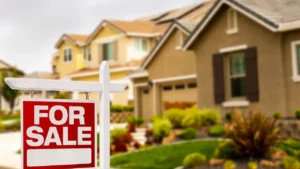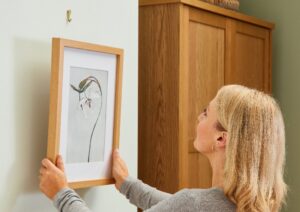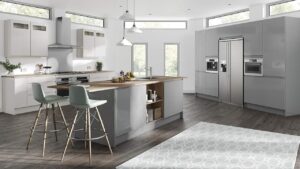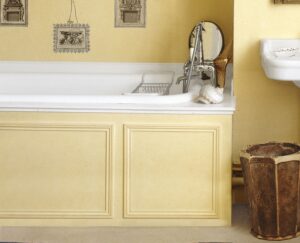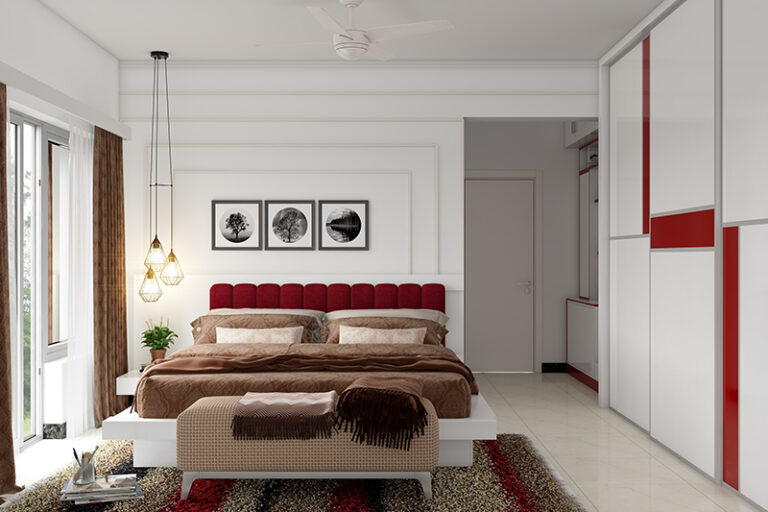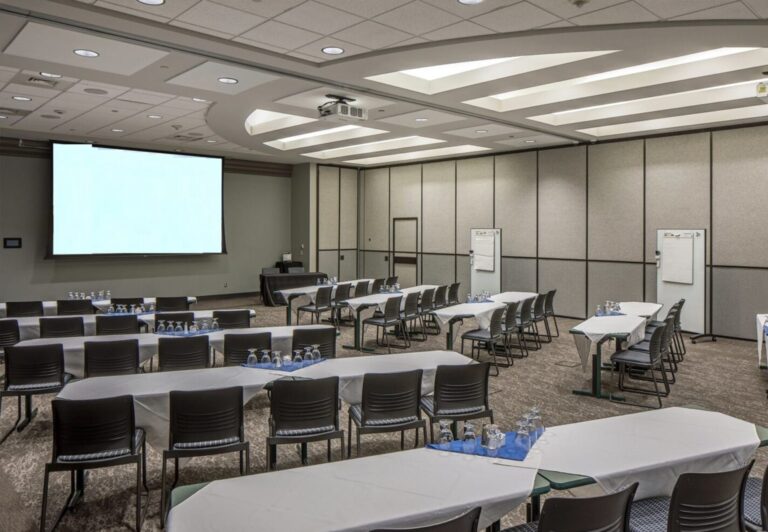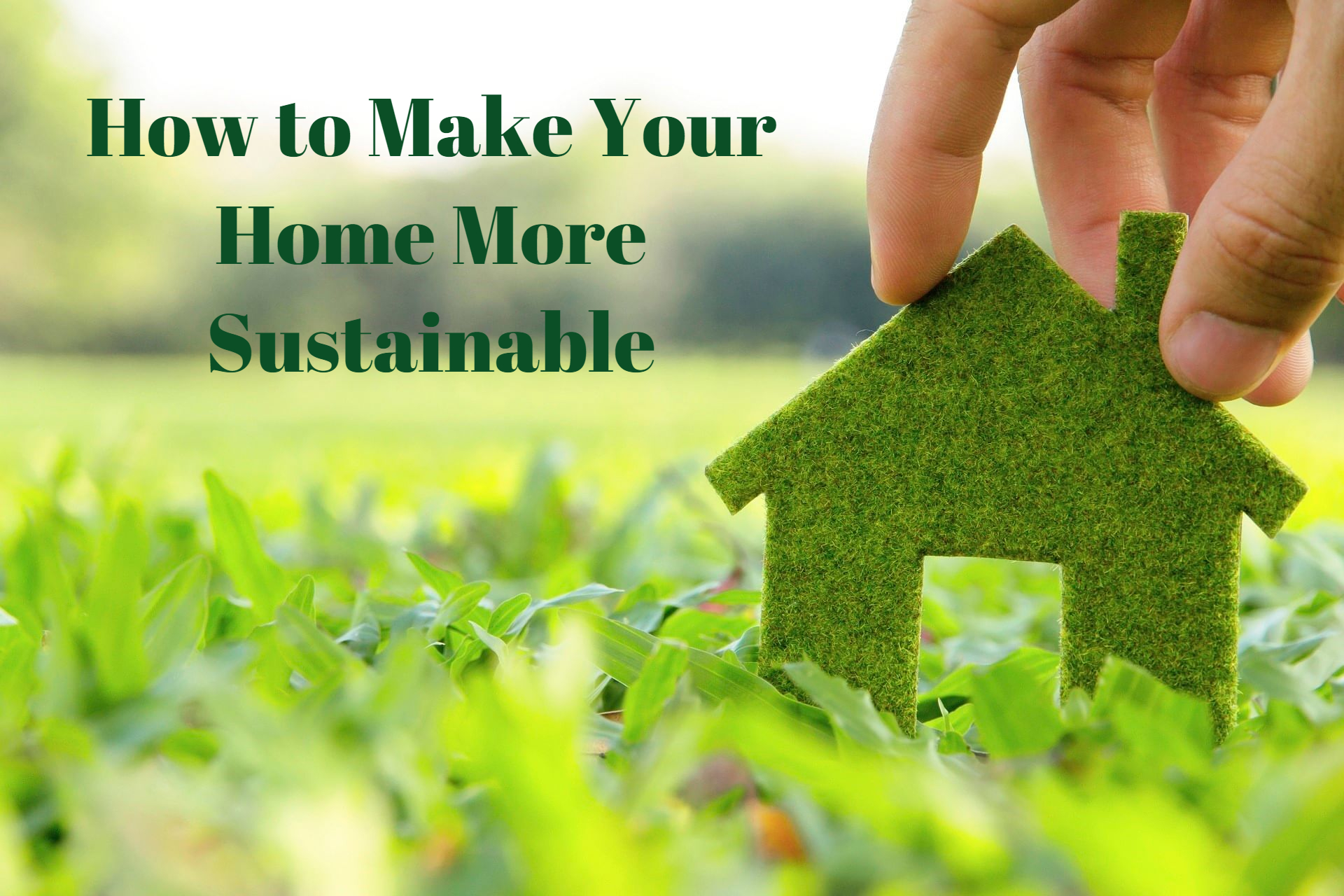
What do we consider to see if our house is sustainable? We bring you an easy factor that you must consider so that your home can be yours is sustainable. Check out these 8 easy ways to make your home more sustainable.
Energy
Regulations are increasingly strict in limiting the energy demand of homes depending on the climatic zone in which they locate. It is essential that the house has good thermal insulation, that the execution of the envelope performs adequately to improve its airtightness, and that elements are available that minimize the impact of solar radiation. All of this will help the facilities necessary to meet this demand to become increasingly “smaller,” added to the greater efficiency achieved by the equipment, to achieve savings in energy consumption.
In addition, also due to the latest regulatory changes, it is exciting to assess photovoltaic plate systems for self-consumption of electricity that allow increasing the savings mentioned above.
Health & Wellness
To ensure the health and well-being of our house, we should implement different measures. For example, our walls and ceilings are painted with finishes free of volatile organic components; we have filters in the ventilation system. It has the most significant contribution of natural light that does not imply an increase in energy demand. While zoning the air conditioning installation, we should consider low-temperature air conditioning systems (underfloor heating/cooling). Control systems through home automation, improve the envelope’s acoustic insulation and dividing walls between houses, or have a saline chlorination system if possible we have a community or own pool.
Water
The best way to take advantage of this limited resource is to install low-consumption taps, try to take advantage of rainwater as much as possible to irrigate the gardens, install drip irrigation systems and contemplate centralized systems for the production of water. Domestic hot.
Waste
The generation of waste is inevitable in the process of building our homes and on a day-to-day basis. Therefore, it is essential to minimize this waste and reintroduce it into the operational chain (circular economy). We can achieve this using industrialized systems in construction and the provision of clean points in buildings.
Materials
Our home will be more sustainable as soon as environmentally friendly materials are considered in its construction process. To determine this impact, materials that have DAP (Environmental Product Declarations) are necessary. In addition, we must try to use recycled or prefabricated and local materials that require fewer resources in their transport to our house.
Mobility
We must try to generate minor consumption of resources in our mobility and that the impact of this consumption is the least harmful to the environment. In this sense, we should prepare car parks to install charging points for electric vehicles or bicycle parking spaces that encourage their use.
Biodiversity and environment
An excellent way to ensure biodiversity is to use native plants that perfectly adapt to our house’s climatic conditions. The use of green roofs or facades is also fascinating, or allocate spaces in the common areas of our building to urban gardens.
Society
Our development and well-being must socialize and be able to play sports. Therefore, having gyms, paddle tennis courts, swimming pools, coworking rooms, or garden areas will help us achieve these objectives.
